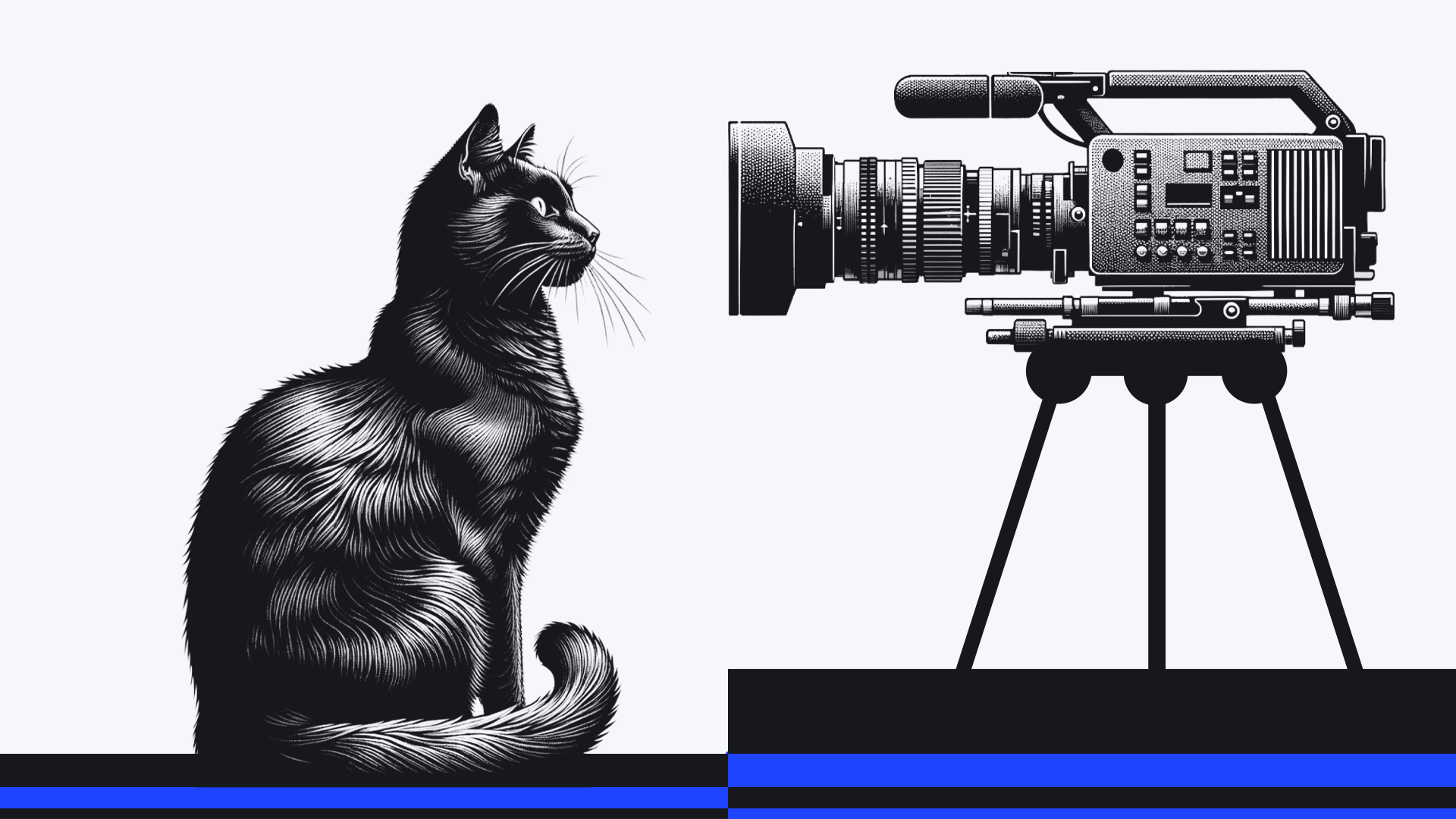July 6, 2022
The Unique Challenges And Opportunities Of B2B Influencer Marketing

For B2B brands, influencer marketing is the secret weapon to building trust, increasing referrals, and measuring the impact of your outreach. Since there will rarely be an instant, trackable product to buy that can be easily measured with URL tracking or discount codes, the focus is more on building those two-way, long-term relationships, which can drive measurable outputs like perception, brand awareness, and association, or reaching new target audiences.
While more than half of influencers work with e-commerce businesses, B2B businesses are the most impacted by word-of-mouth referrals— nearly 91% of B2B business is driven by referrals compared to 19% of businesses overall.
We’ve led many of our B2B clients, including SaaS providers, fintech companies, and startups, through leveraging the power of influencers, and here are our top insights and tips.
B2B Audiences And Influencers Have Unique Needs
B2B brand audiences are more specialized, sometimes more technical, and are often more skeptical. To be effective, you have to develop a targeted influencer program centered on expertise and credibility.
The influencers you are looking for go beyond your typical content creators. They became experts in their space by being vocal about their area of expertise, publishing articles in top-tier industry publications, or traveling the conference circuit. But, they may not know the influencer process and may require more direction. Be ready to answer their questions if you want to build their trust and establish a lasting relationship.
It’s also important to tailor the ask to each influencer and their audience. A blanket approach where you offer each influencer $50 for a mention won’t work. Instead, find an offer that is mutually beneficial and customized to the influencer. This may look like payment for one influencer, and early access to a new feature or the chance to speak with the product team to provide direct feedback, for another. Regardless of the incentive, each influencer in a B2B program should be treated like a VIP.
Want to really boost your engagement using influencers? Target micro-influencers (up to 15K followers) or mid-tier influencers (100K-500K followers) as smaller audiences tend to be more engaged with the influencer’s content regularly, feeling more like a community of like-minded peers vs. just another view.
Where to Source the Right Influencers for B2B Brands
You won’t find B2B influencers in a database or on an agency list like a B2C brand might. Because your need is specific, sourcing the perfect candidate takes a detailed search plan including manual and/or tool-assisted searches by conversation topics, follower insights, influence, and beyond. Custom-tailored your search strategy to your goals and the social platforms your customers are most active on.
Hint: B2B audiences are more likely to spend time on Twitter, Reddit, YouTube, Twitch, or LinkedIn, rather than on TikTok or Instagram.
As a starting point, research speaker lists for industry-related conferences and events. Take it a step further and see who they are following and interacting with on Twitter. After all, talent knows talent. Remember, you’re looking for credible, likable experts with engaged audiences. A targeted, engaged audience beats a high follower count any day.
What B2B Influencer Activation Looks Like (And How It Continues Off Social)
It should come as no surprise that video is the best strategy when it comes to influencers. Tweets with videos have a 10x improvement in engagement rate. Social media users are 4x more likely to turn to YouTube to research a product/service. And according to YouTube culture and trend data, 53% agree that watching creators’ or artists’ livestreams helped them feel connected to others. Even if TikTok is not the platform for most B2B brands, the fact that app users spend more than 850 minutes per month in the app shows the hold that video has on its audience.
Extending these relationships beyond social can help serve other business functions, such as PR and marketing, and lead to continued content efforts such as panels, event coverage, AMAs, blog posts, white papers, guides, and podcast features.
Tip: Look for opportunities to re-purpose influencer content for your company’s owned social channels. The connection with industry experts outside of your organization can significantly boost your credibility.
Measuring Success For B2B Influencer Programs
The backbones of tracking the success of an influencer program are the same as tracking any social efforts—reach and engagement.
But first, you have to ask yourself three important questions:
1. Who is my audience?
2. Who are my influencers?
3. Where does their content live?
The answer to these questions can determine your goals which informs measurement.
Here’s an example: Say you want to talk to open source developers in North America and EMEA about a new feature on your platform. Fortunately, developers have a presence and active communities on key social platforms like Twitch, Reddit, Twitter, and LinkedIn.
Your strategy determines what measurement matters most:
–Option A: Host an AMA (Ask Me Anything) on Reddit or Twitter with influential developers to answer questions about the new feature, how it works, use cases, etc.
Goal: Engagements and attendance
–Option B: Conduct a livestream with influential developers within the space, testing out the features, and providing feedback.
Goal: Views and mentions (both during and after the livestream)
–Option C: Ask popular bloggers within the targeted community to include the new feature in their upcoming blog or newsletter.
Goal: Clicks
Depending on your goals, each tactic serves a different purpose. And, it’s worth noting that the length of measurement for influencer programs varies—some measurements will be able to track the short term impact while others will allow for a more long term view.
Regardless of how you choose to activate, influencer leverages the very best source for new business: other people.
Check out our FAQ below to learn more!
FAQ
How do you negotiate and structure contracts with B2B influencers to ensure clear expectations and deliverables?
- When it comes to contracts, transparency is key. Start by outlining exactly what you expect from influencers, such as the type and frequency of content, and be open about what they can expect from you in return. This lays a solid foundation for mutual understanding.
- Consider including a detailed timeline and specific KPIs in the contract. This not only sets clear expectations but also makes it easier to measure success.
- Always leave room for negotiation. Influencers know their audience best, so their input can be invaluable in shaping a campaign that's beneficial for both sides. Finding that sweet spot requires a bit of give-and-take.
What are the best practices for integrating B2B influencer content into a broader marketing strategy?
- Start by ensuring the influencer's content aligns with your brand’s overall messaging and campaign goals. Consistency across your marketing channels amplifies the impact and reinforces your brand's message.
- Leverage influencer content across multiple platforms, not just where it was originally posted. For example, a video created for LinkedIn can be repurposed for your website, in newsletters, or even in sales presentations to extend its reach and value.
- Encourage collaboration between influencers and your internal content team. This can lead to innovative content ideas that resonate more deeply with your audience and strengthen your overall marketing strategy.
How can B2B companies maintain positive and authentic influencer partnerships in the long term?
- Regular communication is essential. Keep influencers in the loop about your brand’s developments and actively seek their feedback. This ongoing dialogue fosters a genuine partnership.
- Be transparent about your marketing goals and expectations, but also give influencers creative freedom. Trusting them to know their audience maintains the authenticity of their content.
Categories: Social Media
Related Stories

Uncovering The “Who” Behind Your Social Audience
Discover how understanding your audience's diverse segments can unlock new strategies for engagement and growth—dive into the art and science of audience analysis.
June 5, 2023

How To Plan Ahead For a PR Crisis
Ever wonder how top brands navigate a PR crisis? Check out this guide to learn how to craft a solid strategy that will protect your brand's reputation.
October 6, 2022

Stop Fighting Social Algorithms And Do This Instead
Struggling to keep up with social media algorithms? Find out how a simple shift in your content strategy can dramatically boost your brand's presence.
August 3, 2022

5 Steps To Running A Smooth AMA On Social Media
Ready to host an AMA that sparks conversations and connects deeply with your audience? Dive into our five essential steps for a seamless social media event.
May 12, 2022